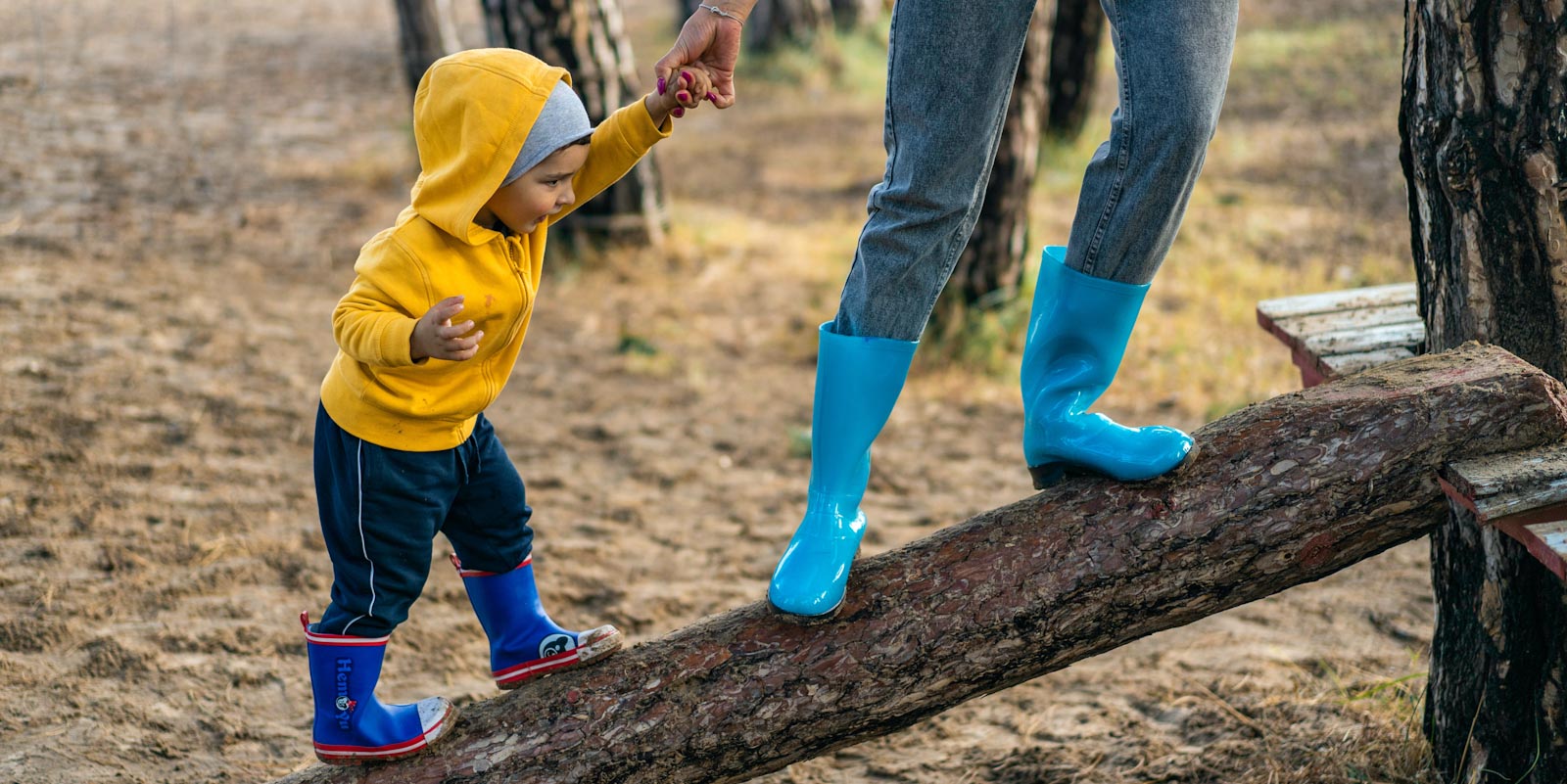
Gross motor experiences use large muscles in the arms, legs and torso. They can also involve physical abilities like coordination, strength, balance and stability.
Educators can help children use their whole body and develop the gross motor skills appropriate for their age. But remember, older children can still benefit from movements they mastered during their earliest years, like rolling around on the floor and crawling on their tummies. Some adults find these exercises challenging!
NQS and EYLF
All children need exercise to stay healthy and early childhood education programs need to support this with time, space and resources.
The National Quality Standard (NQS) requires childcare services to promote physical activity that is appropriate for each child (2.1.3).
The Early Years Learning Framework (EYLF) learning outcomes asks children to take increasing responsibility for their own physical learning, wellbeing (3.2), physical health and personal safety (3.3).
Gross motor movements
Babies and toddlers
- Following interesting objects and faces with their eyes.
- Reaching, grasping, letting go, dropping and picking up objects. Transferring objects from one hand to another.
- Tummy time and rolling over from front to back and back to front.
- Sitting with and without support.
- Rocking or crawling in different ways (e.g. on their belly and hands and knees).
- Transitioning between positions: lying to sitting and then crawling.
- Pulling up to stand and standing independently.
- Walking and running.
- Walking while pulling a toy or carrying an object.
Toddlers and preschool children
- Walking or running: turning corners suddenly, along a line or balance beam, on tiptoes, backward and sideways.
- Jumping: two feet together, jumping forwards, over objects.
- Climbing: onto and down from large objects, stairs, over rocks, up ladders and ropes.
- Riding bikes: pushing with feet, riding a balance bike, peddling.
- Standing and hopping on one foot.
- Skipping along.
- Skipping with a rope.
- Hanging from rings or a bar.
- Bilateral movements: crawling, marching, star jumps.
- Playing with a ball: rolling between partners: throwing underarm and overarm, catching, bouncing and catching, kicking, throwing and punching.
